
Most Catholics are familiar with Our Lady of Fatima and Our Lady of Lourdes, but less so with Our Lady of the Roses or Our Lady of Agoo.
And for good reason: The latter two are instances of alleged Marian apparitions that have been officially rejected by Church authorities, usually the local bishop who has the initial responsibility.
In other words, though someone claimed that Mary appeared to them, the Church officially says she didn’t, ruling out activity of a supernatural origin.
The rejected Our Lady of the Roses apparitions were alleged to have taken place in Bayside, New York, beginning in 1970, while those centered in Agoo, Philippines, allegedly happened in 1989.
But these aren’t the only two contemporary instances of apparition claims that have been rejected by the Church. Since 1900, there have been more than 120 recorded cases of ecclesial authorities issuing a negative declaration, according to data kept by the Marian Library at the University of Dayton in Ohio.
Over the past 124 years, alleged Marian apparitions have been rejected everywhere from Korea to Brazil. For the first half of the 20th century, most rejected apparitions came from European countries like France and Belgium, but in more recent decades they’ve become increasingly common in Latin America and Africa. Italy leads all nations, with 29 rejected alleged Marian apparitions since 1900.
In addition to Bayside, 14 alleged apparitions in the United States have been rejected by ecclesial authorities since 1949. The most recent one took place in Elyria, Ohio, and was judged inauthentic by Bishop Richard Lennon of Cleveland in 2009, though belief in an alleged apparition in the Diocese of Fort Worth, Texas, was discouraged by Bishop Michael Olson in August 2019.
Those who track Church rulings on Marian apparitions note that there has been something of an uptick in cases.
“It’s not that claims of alleged apparitions are happening more,” explained Kayla Harris, director at the Marian Library. “It’s just that they’re being recorded more.”
This trend many have prompted the Vatican to issue new norms for judging alleged Marian apparitions and other supernatural phenomenon. Issued May 17, the new document makes more explicit the Vatican’s involvement in the process and the criteria for discerning authenticity, while also allowing local bishops to give more measured approval of the spiritual fruits associated with an alleged apparition without affirming its supernatural authenticity — a judgment that is now reserved exclusively to the Pope.
‘Red Flags’ of Alleged Apparitions
Out of the more than 700 claimed apparitions that have been made over the past century or so, only 12 have received episcopal approval, with just four being recognized as authentic by the Holy See.
But bishops don’t always flat-out reject alleged apparitions that haven’t been found to be supernatural. In fact, the number of alleged apparitions that have received no judgment at all is far greater than those that have been rejected, with more than 600 such cases since 1900.
According to Colin Donovan, EWTN’s vice president for theology and a member of the Pontifical International Marian Academy, a bishop is more likely to make a negative judgment when he’s determined there’s a compelling pastoral reason to do so.
“Since the bishop’s mission is not to judge phenomenon for its own sake, as a theologian might do, but to protect his flock, as the Good Shepherd would, the presence of negative criteria is the most significant factor,” he told the Register.
Red flags according to Vatican norms, both in the new guidance and what preceded it, include doctrinal errors attributed to God, Mary or the saints; factual errors regarding the alleged supernatural event; moral fault, such as profit-seeking, by the alleged seer or his or her followers; and psychological disorders and/or general hysteria.
Several of these criteria were explicitly mentioned by bishops in their decision to reject an alleged Marian apparition.
For instance, in 1986, Bishop Francis John Mugavero of Brooklyn found that the Bayside apparitions “completely lacked authenticity,” in part because the related “messages” “are contrary to the teachings of the Catholic Church, undermine the legitimate authority of bishops and councils, and instill doubts in the minds of the faithful, for example, by claiming that, for years, an ‘impostor (sic) Pope’ governed the Catholic Church in place of Paul VI.”
In 2000, the Archdiocese of Baltimore ruled against alleged apparitions after finding that elements of the associated messages received “could not be reconciled with the teaching of the Church,” including elements that deal “with predictions for the future and visions of an apocalyptic nature.”
And in Agoo in 1993, a commission set up by Bishop Salvador Lazo of San Fernando de la Union rejected the claims of the alleged seer, Judiel Nieva, in part because his family was involved in financial corruption and because Nieva was affected by “latent psychic transsexualism.”
The Vatican’s new norms added an additional red flag for alleged apparitions: “a sectarian spirit.”
“What this means is that if the alleged revelation or mysticism fosters division in the Church, it cannot be from God,” said Donovan, adding that this criterion was always implicit in the theological judgment, and likely was explicitly mentioned in the 2024 norms because “this type of ‘prophetism’” has become more common.
Movements Persist
When bishops issue a negative decision, they also tend to bar the faithful from any kind of participation in the activities associated with the alleged apparition, such as attending vigils or publishing related literature, for the spiritual good of their people.
But in many cases, intense promotion and attachment to rejected apparitions continues even after the bishop says, “No.”
“The people don’t care” about the bishop’s decision, said Harris. “They believe it, so it’s an ‘added thing’ if it’s approved, but it doesn’t matter [to them] if it’s not.”
For instance, the rejected apparitions in Elyria, Ohio, spawned a group called Holy Love Ministries, which hosts a shrine and promotes its own spirituality, despite not being recognized by Church authorities as a legitimate Catholic organization.
Similarly, the alleged apparitions in Bayside have given rise to an entire movement that has persisted even after the 1995 death of Veronica Leuken, the original alleged seer. The group continues to hold events at the alleged apparition sight in Flushing Meadows Park and to disseminate the condemned “messages.”
Speaking generally about continued devotion to rejected apparitions, Donovan said that “where there is doctrinal error or a sectarian spirit, these persist by the human will, not God’s.” He underscored that Christ left the faithful “a sure norm of guidance in the magisterium” and that rejecting this guidance based on one’s own opinion and authority “risks losing the whole edifice of faith” even going into schism through disobedience.
“Fortunately, I think in most of these cases, at least in the beginning, ignorance and good intentions are present,” Donovan told the Register. “But how long can they last, as attitudes contrary to the magisterium harden over time? That is the essence of the problem.”
More Noes to Come?
Given “a veritable cottage industry in prophetism,” both in print and online, Donovan says it would be pastorally helpful if local ordinaries were more proactive about making definitive judgments about alleged apparitions associated with negative criteria. But despite the Vatican’s perennial encouragement on the topic, he said “bishops often seem reluctant to judge such cases, perhaps hoping they will fizzle on their own.”
Fortunately, Donovan believes that the new Vatican norms will prompt bishops to more willing say “No.” For one, he says the new norms spell out the criteria involved in discernment — including the red flags — more clearly. He also said that “relieving bishops of the responsibility of a judgment of supernaturality” and “providing bishops a hierarchy of possible judgments that can be made short of supernaturality” may also help.
Donovan said that false claims of supernatural activity are prevalent throughout Christianity, but that Catholics have an advantage over Protestants, Mormons and Jehovah’s Witnesses and other groups for testing the spirits and determining authenticity — namely, the magisterium of the Church.
“This requires on our part docility to the Church and patience to wait on her,” Donovan said, “rather than chasing after apparitions and mystics.”
This story was updated after posting.
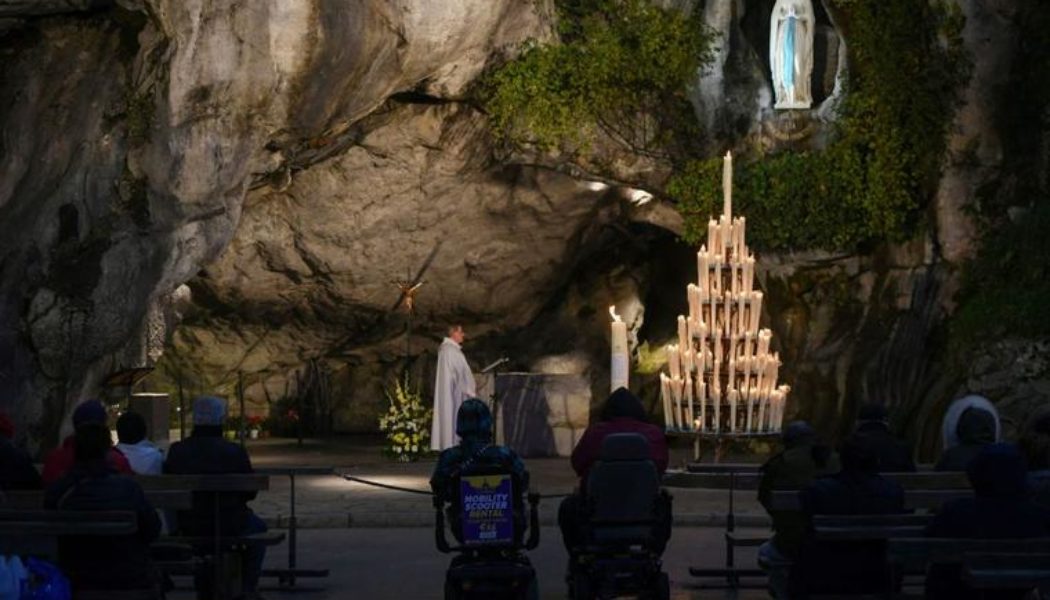
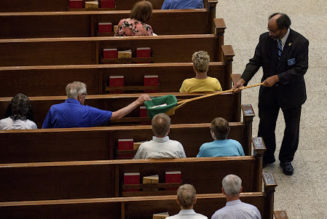
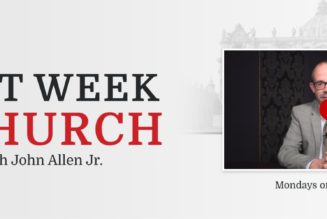
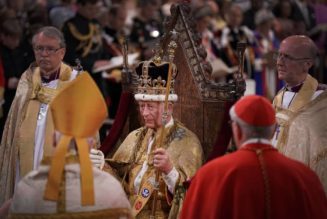


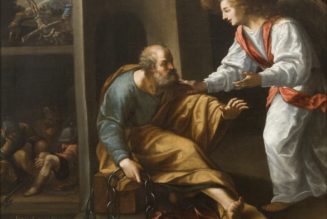
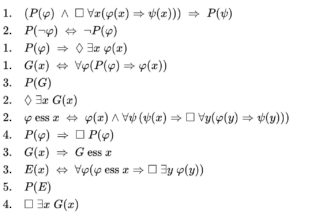
![You can’t cancel me, because I quit [WSJ paywall]…](https://salvationprosperity.net/wp-content/uploads/2023/03/you-cant-cancel-me-because-i-quit-wsj-paywall-327x219.jpg)